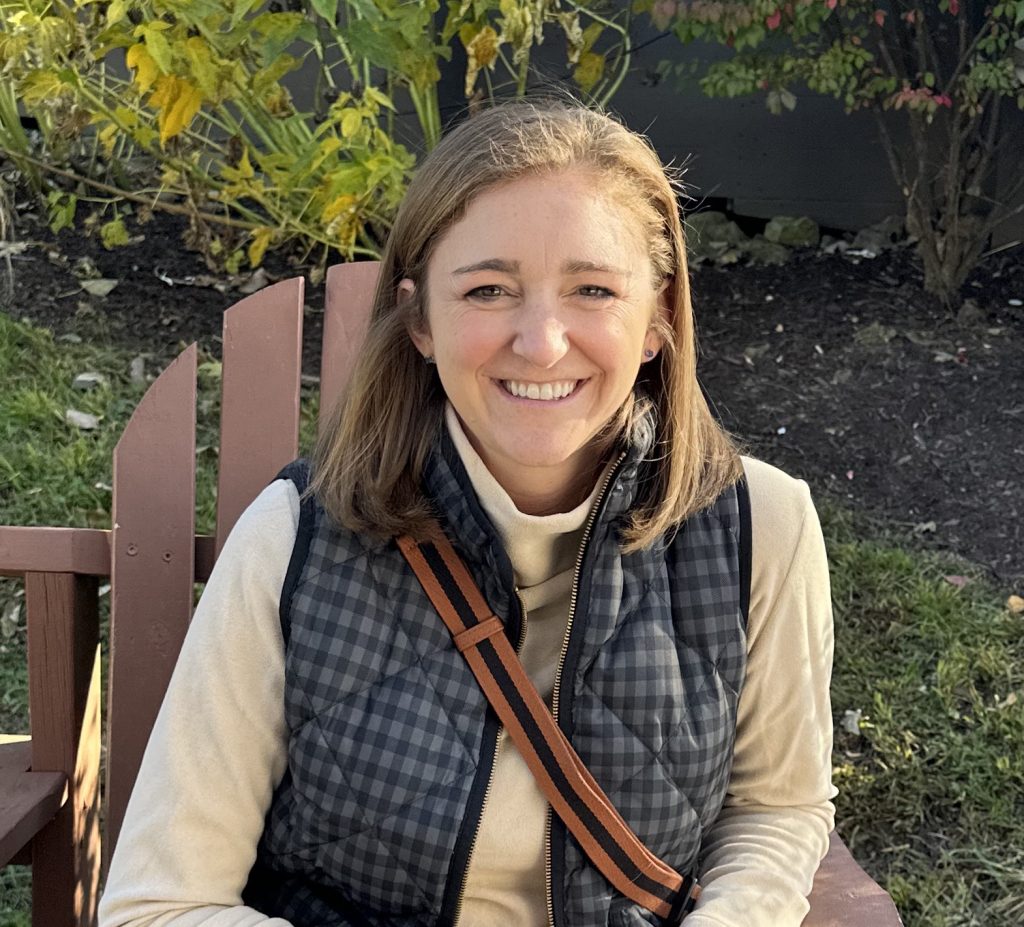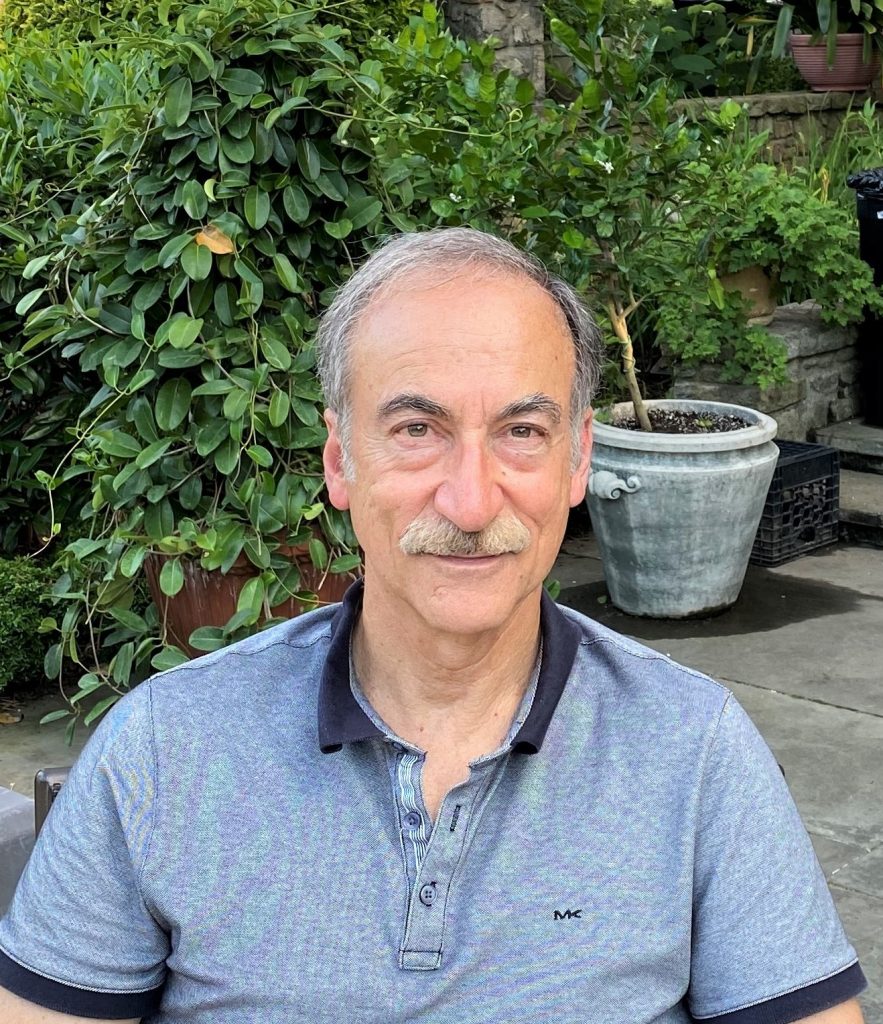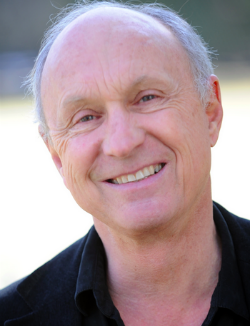
By KELLY CARROLL
There is a dire need to raise awareness about heart disease in women. It is the number one killer of American women, and key data points reveal a lack of cognizance among doctors and women.
An assessment of primary care physicians published in 2019 revealed that only 22% felt extremely well prepared to evaluate cardiovascular disease risks in female patients. A 2019 survey of American women showed that just 44% recognized heart disease as the number one cause of death in women. Ten years earlier, in 2009, the same survey found that 65% of American women recognized heart disease as the leading cause of female death, revealing an alarming decline in awareness.
Recent evidence suggests that many adults don’t know the important health numbers that can help identify heart disease risk factors, like their blood sugar and cholesterol. A 2024 survey of American adults conducted by The Ohio State University Wexner Medical Center found that only 35% of adults knew their blood pressure and 16% of adults knew their cholesterol levels. In comparison, the study reported that 58% knew their childhood friend’s birthday.
Heart Disease Risk Factors in Women
Women have specific risk factors for heart disease that don’t pertain to men. Nanette Wenger, M.D., a cardiologist and researcher, said in an American Heart Association (AHA) statement, “For most of the last century, heart disease was considered a problem for men, and women were believed to have cardioprotective benefits from female sex hormones such as estrogen. However, emerging evidence shows that there are a substantial number of heart disease risk factors that are specific to women or predominant in women.” Some gender-specific risk factors outlined by the AHA are early onset of menstruation, early menopause, autoimmune disease, anxiety, depression, and pregnancy complications.
Bethany Barone Gibbs, Ph.D., an associate professor at West Virginia University, emphasized in an email that pregnancy is a “critical window” for women’s cardiovascular health. She said, “The cardiovascular and metabolic challenge of pregnancy may unmask risk for conditions like hypertension and diabetes, but it is also possible (though not yet clear) that experiencing an adverse pregnancy outcome may independently contribute to the development of maternal cardiovascular disease.” A history of adverse pregnancy outcomes can be associated with more than two times the risk of cardiovascular disease later in life, she explained.
Filling in knowledge gaps regarding the connections between pregnancy and long-term cardiovascular health is important to improving outcomes.
Continue reading…













